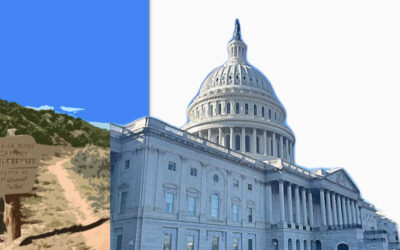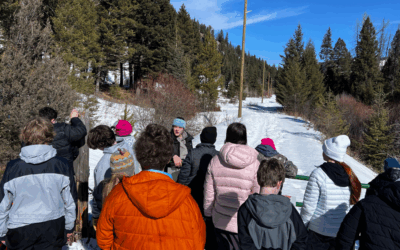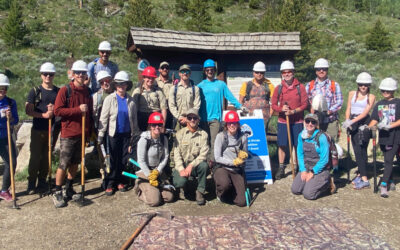At CDTC, we talk about the Land and Water Conservation Fund (LWCF) a lot. You may have seen our posts. We love LWCF. But we do have one big problem with LWCF: it’s hard to get people to care about it. LWCF isn’t exciting, like the establishment of a new national park, or attention-grabbing, like “the president stole your land.” LWCF is obscure, it has a terrible acronym, and frankly, it’s kind of boring.
But it’s also the best chance we have of completing the CDT. And on September 30, if Congress doesn’t act, it’s gone forever. Poof. Our best chance of moving the CDT off of highways and road-walks, making it safer and more enjoyable for all of those who dream of experiencing and travelling along the Continental Divide? See ya.
So, we’re writing this blog post, in the plainest language we have, in the hopes that you will read it, and share it, and care. And call your Senators. And your Representatives. And tell them to save LWCF.
So what is LWCF?
Created in 1964, the Land and Water Conservation Fund is a funding mechanism that uses money from oil and gas leasing (aka, money that oil and gas companies would already be paying to the government anyway; it’s not an extra tax) to fund conservation purchases. LWCF is a bank account for public lands. This money then gets used to buy land from willing sellers (no eminent domain here) that becomes public land with public access. LWCF money has been used in all 50 states to create and protect everything from community recreation centers and neighborhood gardens to national parks like Glacier and Rocky Mountain. And a cool bonus? LWCF enjoys immense bipartisan support.
Want more than just the Cliffs Notes version? Click here to learn more about LWCF.
Why does LWCF matter for the CDT?
In areas where there is no public land close to the Continental Divide, the CDT currently runs along the shoulders of highways and other roads. To complete the trail, we have to find people in those areas who are willing to sell their land – and then we have to buy it. High-quality, scenic land in the Rocky Mountain West is expensive, and as you can imagine, CDTC doesn’t exactly have people lining up to donate millions of dollars at once (but hey, if you do happen to have millions of dollars to spare, be sure to holler at us). LWCF exists to fund these types of land purchases – it’s been instrumental in completing other long trails like the Appalachian Trail. And if LWCF disappears, there’s no obvious way that we could ever come up with the funds that are necessary to purchase these lands and complete the CDT.
How can I help?
The most important thing you can do is to call your Senators and Representatives and tell them that you want to see LWCF permanently reauthorized and fully funded. Tell them why you care about public lands – you’ve seen the economic impact they’ve had on your community, your family stays healthy by exercising on trails, you just love experiencing our incredible wild places – and tell them that there are still many important places left to protect, like the CDT, that need LWCF.
Congress has just two months to act, and due to the complicated nature of how Congress works, legislative opportunities for them to pass LWCF reauthorization are dwindling. So please call today. And tomorrow. And help us ensure that we will complete the CDT.



